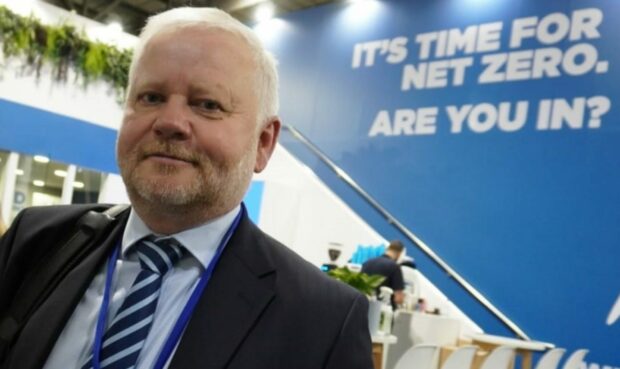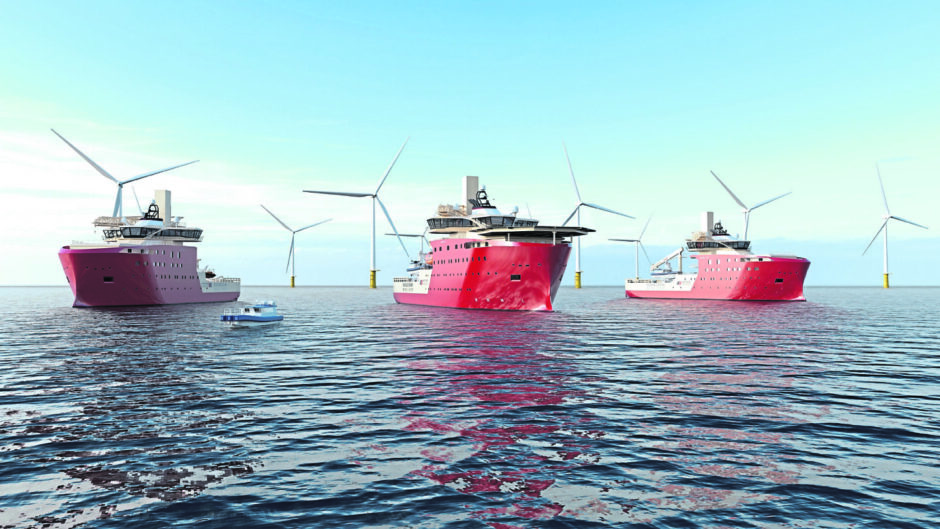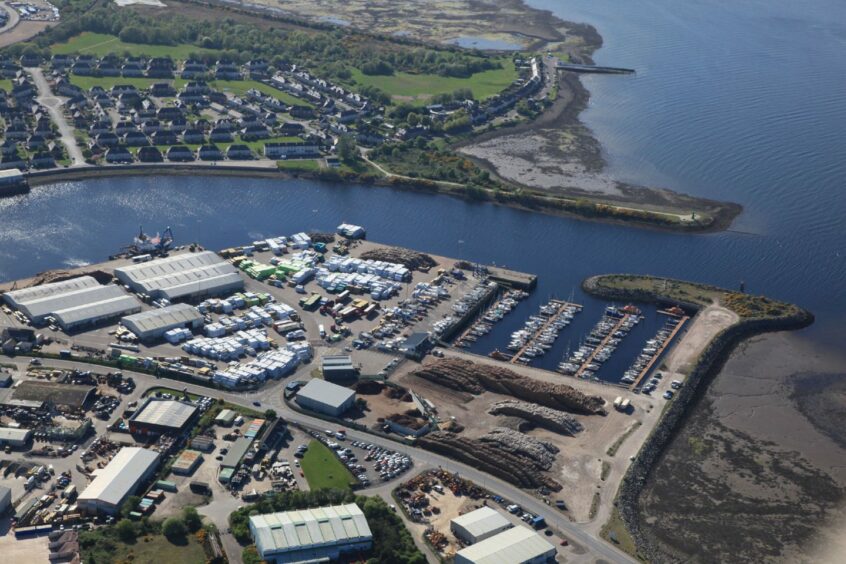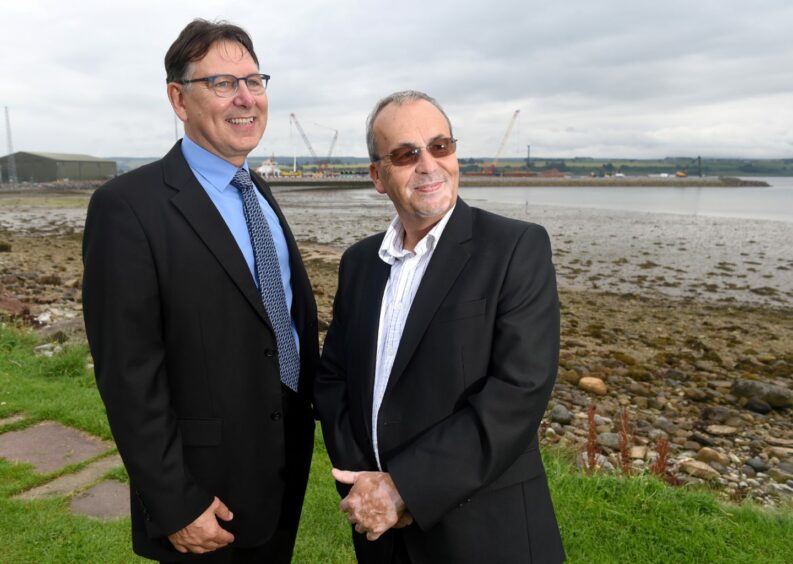A business leader involved in the development of the largest offshore wind farm in the world has joined forces with a group spearheading a bid to win green freeport status in the Highlands.
Former SSE Renewables managing director Jim Smith has agreed to take on the role of chair of Opportunity Cromarty Firth (OCF), the consortium leading the bid for green freeport status for the Inverness and Cromarty Firth area.
Offshore wind is a key driver of the need to ramp up port capacity in Scotland in the wake of ScotWind – a leasing round which is expected to deliver 17 major offshore wind projects and drive investment worth £25 billion.
Landing green freeport status will cement ports’ ability to benefit from contracts and spending – OCF has estimated a successful bid could create a “super wind hub” on the firth, attracting £2.5 billion of private sector investment and creating 25,000 jobs across the Highlands.
However the region is in a fierce competition with other ports consortiums in Scotland to land the status which includes a share of £52 million of government funding alongside a package of tax and customs allowances and investment incentives.
Five areas have made bids to become green freeports under a scheme agreed by the Scottish and UK Governments, but only two will win.
Wind in their sails
Mr Smith, who retired from a 30-year career at the Perth-based energy giant in April, led the establishment of the offshore wind business in 2018.
SSE Renewables is now one of the most significant builders of offshore wind capacity, including the largest offshore wind farm in the world at Dogger Bank.
He is the first person to take the position at the partnership, which includes three Highland ports and Inverness Airport, as well as private and public sector organisations and academic bodies.
Mr Smith said: “This is an exciting time to be joining Opportunity Cromarty Firth and I am looking forward to working with all the partners that have united behind this important bid.
“The Highlands are going to be at the heart of rapid development of the UK’s offshore wind industry for decades to come and whether the full benefits of that once-in-a-generation opportunity are realised locally and nationally will be determined by the green freeport decision.
“The area is already in pole position in the sector and is the only Scottish location with the land space, facilities and experienced supply chain needed to deliver floating wind at the scale and speed to meet current targets and compete with established facilities abroad.”
The OCF consortium, launched in 2020, includes the ports of Cromarty Firth, Nigg and Inverness, as well as the Highlands’ main air terminal and Inverness Airport Business Park.
It is backed by Inverness Chamber of Commerce and more than a dozen businesses, along with public sector organisations including the Highland Council and the University of the Highlands and Islands (UHI).
Speaking on behalf of the consortium, Port of Cromarty Firth chief executive, Bob Buskie, said: “The port facilities at Invergordon and Nigg on the Cromarty Firth, with the local supply chain, have already supported more offshore wind projects than any other Scottish ports.
“In his previous role, Jim was responsible for two of those huge projects and knows exactly the capability, capacity and potential the firth can offer this important and rapidly expanding industry.”
OCF submitted its bid for a green freeport centred on Inverness and the Cromarty Firth to the Scottish and UK governments last month and the results are expected at the end of the summer.
Who are the Scottish green freeport runners and riders?
In addition to the bid led by OCF, there are four rival bidders.
North East Scotland Green Freeport (NESGF) group is backing a bid in Aberdeen and Peterhead.
The consortium, led consortium is led by the Port of Aberdeen, Peterhead Port Authority, Aberdeen International Airport, and the region’s two local authorities has estimated a successful bid would create 30,000 jobs in the north-east.
Orkney Council has also thrown its hat into the ring for an Orkney Green Freeport.
There are two further bids in the central belt:
Firth of Forth Green Freeport.
Clyde Green Freeport.
What is a green freeport?
A “green freeport” is a large zoned area within a defined boundary extending around 28 miles (45km) which includes rail, sea or airport.
Operators and businesses in the zone can benefit from a package of tax and other incentives, with supporters saying they fuel economic growth.
The concept has attracted support from across the political spectrum, aside from Greens who do not back green freeports.
North East Green MSP Maggie Chapman said it’s all just a “greenwashed Brexit project”.
READ: Why Green freeport for Inverness and Cromarty Firth would be pivotal for entire UK – Jim Smith




Conversation